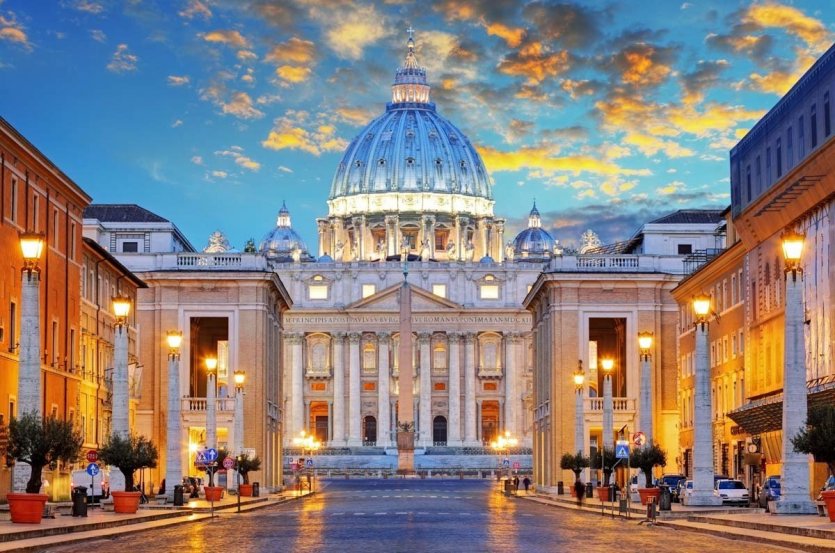
Christian pilgrimages are approached as an eloquent expression of faith, a spiritual journey to a holy place to obtain a divine favor, to atone for one's faults or to strengthen one's devotion. But in this ultra-connected world, they also appear as a way to reconnect with oneself. The Holy Land, Rome and Santiago de Compostela remain the three great sacred sites and objects of pilgrimage in front of other equally blessed places. In France: Lourdes and Mont Saint Michel, in Portugal: Fatima, in Spain: Avila, in Mexico: Guadalupe as well as many sites in Jordan and Russia... with or without pilgrim's sticks, we travel these roads, we penetrate these places and in a way we give meaning to our lives.
N°1- Holy Land

The pilgrimage to the Holy Land is the most important and emblematic of all since it was here that Jesus was born and lived. Pilgrims first go to Bethlehem, city of the birth of Christ, where they visit the Basilica of the Nativity. They continue their journey in Nazareth, the city of Jesus' childhood, where we find the house of Mary, the basilica of the Annunciation and the synagogue in which Jesus taught during his ministry. The high point of the pilgrimage is obviously in Jerusalem at the Holy Sepulchre, which preserves Christ's tomb. Other sites can enrich the visits such as the Lake of Tiberias, place of his apostolic life or Tabgha which shelters the sanctuary of the multiplication of bread.
N°2- Rome
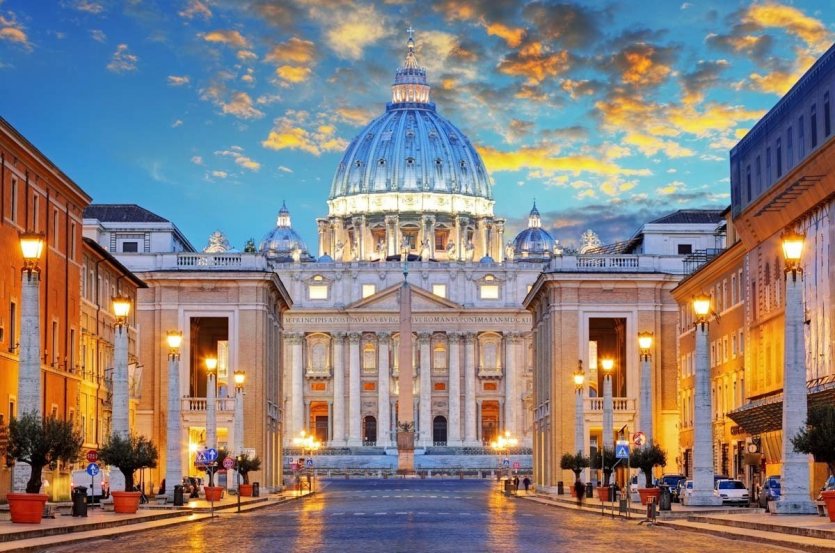
Rome, the seat of the apostle Peter's successors, is one of the three great Christian pilgrimages with Santiago de Compostela and the Holy Land. Four major places punctuate the visit: Saint Peter's Basilica in the Vatican where the tomb of Saint Peter rests, Saint John Lateran's Basilica, considered the cathedral of Rome and the world, Saint Paul's Basilica Outside the Walls, which houses the tomb of Saint Paul, and the Basilica of Saint Mary Major and his precious relic from the Crib. The Roman pilgrimage also includes the reception of the apostolic blessing by the Pope himself...
N°3- Santiago de Compostela
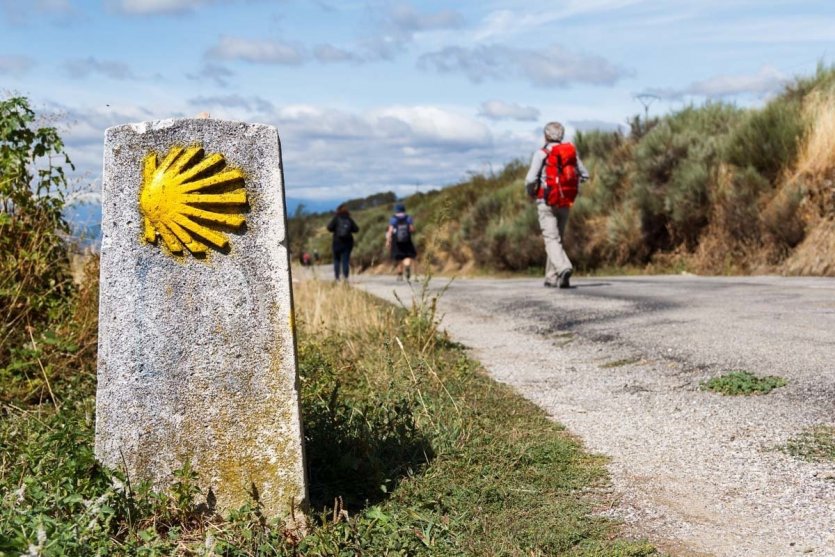
Pilgrimages on the roads leading to Santiago de Compostela have as their sacred purpose to visit the tomb of the apostle James, located in the crypt of the Galician cathedral. But the journey to him is just as important, a time when the physical aspect rubs shoulders with the spiritual: both an asceticism and an accomplishment. The Pilgrim's Guide, a document dating back to the 12th century, initiated four major routes: via Podensis, via Lemovicensis, via Turonensis and via Tolosona. These itineraries have now become richer, with many religious buildings dotted along the way.
N°4-Heavy
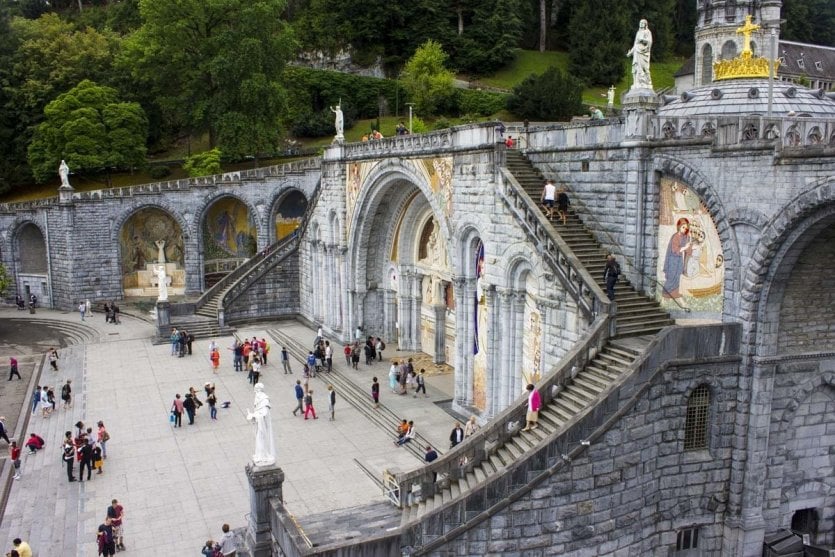
Lourdes has become a major place of world pilgrimage since the apparitions of the Virgin Mary to Bernadette Soubirous in 1858. Every year, the city welcomes more than 6 million pilgrims who come to visit the shrines of Our Lady of Lourdes, the basilica of Saint Pius X and the basilica of Our Lady of the Rosary. Lourdes attracts many patients who hope for divine healing, namely that out of 7,000 healing files filed in Lourdes since the apparitions, 70 cases have been recognized as miraculous by the Church.
N°5-Mont Saint Michel
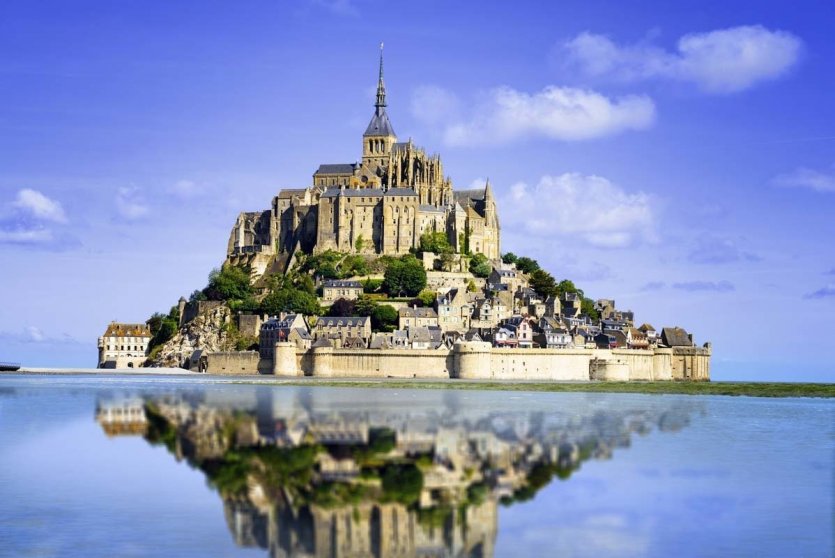
The Mont Saint-Michel Pilgrimage honours the cult of the Archangel Saint-Michel, prince of all angels, symbolically celebrated on the rock. This sanctuary was the object of pilgrimages made by many kings and the most illustrious figures in history before falling into oblivion, especially when Mont Saint-Michel became a prison. Since then, this sacred march has seen a renewed increase in the number of visitors by "walkers of the faith" who follow the network of paths once laid out by the first pilgrims
N°6-Fatima
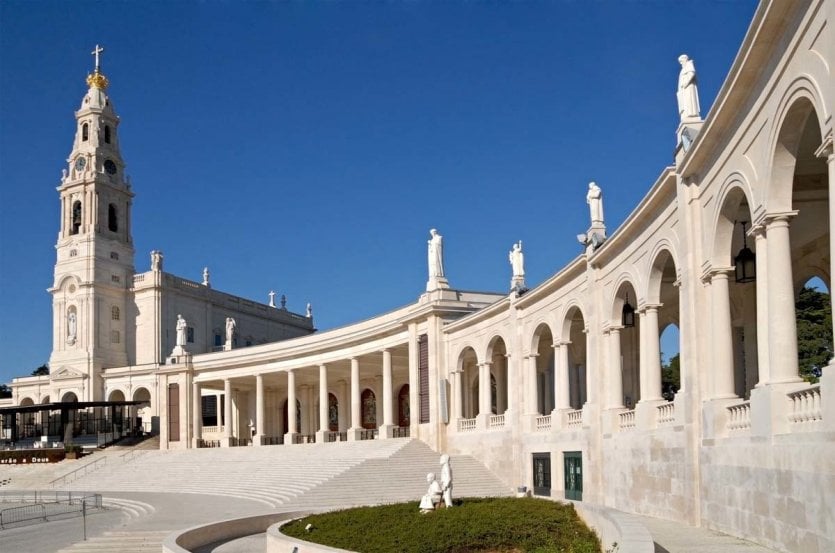
Just 100 years ago, Our Lady of Fatima appeared before three little shepherds and since then, pilgrims have been travelling to Portugal to worship the Virgin Mary. The small town of Fatima has a chapel, erected in the exact place of the apparitions, where many masses and rosaries are celebrated. There is also a sanctuary dedicated to the commemoration of these adventures and the Basilica of Notre-Dame-du-Rosaire, which houses the tombs of the three shepherds. Generally, pilgrims go there on the thirteenth of May and October, the dates of the first and last apparition. A great celebration was then organized during which the statue of Our Lady of Fatima was brought in front of the basilica via the central square, in front of more than five hundred thousand pilgrims.
N°7-Jordan
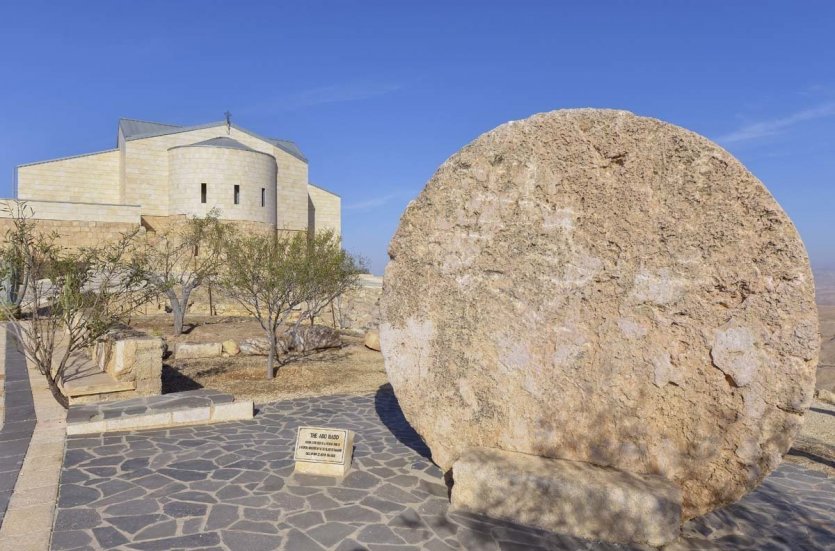
Jordan is also among the places of Christian pilgrimage since there are many sites of biblical memory on its land, including the Exodus Route, Mount Nebo is one of the main holy places, it is here that Moses died after contemplating the Promised Land. Pilgrims also meditate in Bethany, on the banks of the Jordan River, where John baptized Jesus. Among the many sacred sites are Madaba, home to the oldest topographical representation of the Holy Land, Anjara, where Jesus and his mother stayed, and Ajlun, which preserves the tomb of Saint George.
N°8- Guadalupe
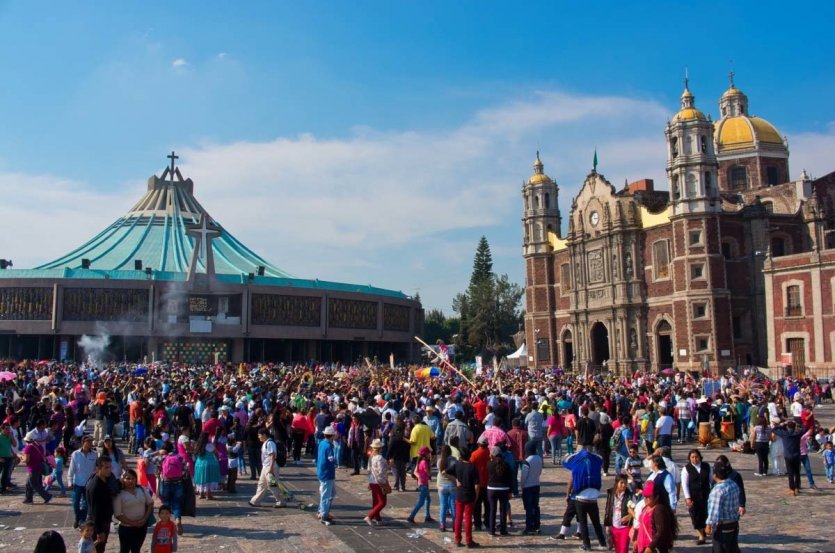
Christians on the Latin American continent devote a special worship to the Virgin of Guadalupe, proclaimed patron saint of all Latin America by Pope Pius X. In Mexico City, Our Lady of Guadalupe is one of the largest shrines in the world with nearly 20 million pilgrims each year; under the altar of the basilica, the sacred shroud of the Virgin of Guadalupe, which dates back 470 years, is displayed. Most pilgrims go there on December 12 for the annual feast of the Virgin of Guadalupe, the most important celebration in the country.
N°9- Moscow & Saint Petersburg
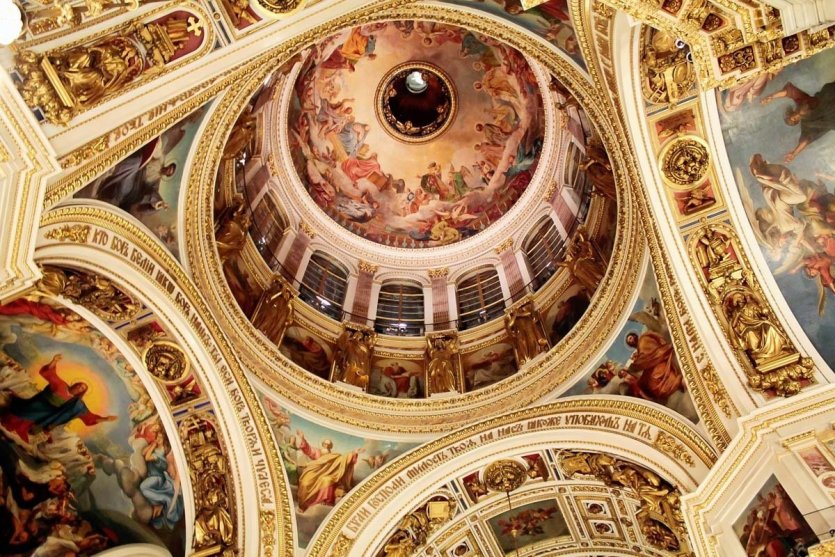
Pilgrimages from Moscow to St. Petersburg take you to the major sites of the Orthodox Christian faith, and many organizations offer pilgrimage cruises. In Moscow, people gather in the cathedrals of the Assumption, the Annunciation and Saint Basil and then enter the monastery of Danilovsky, the seat of the Orthodox Patriarchate of Moscow. St. Petersburg's landmarks are St. Catherine's Cathedral, the Romanov church and tomb, St. Isaac's Cathedral and the Church of the Holy Savior on the blood spilled, erected at the very place where Alexander II was fatally wounded following an attack.
N°10-Avila
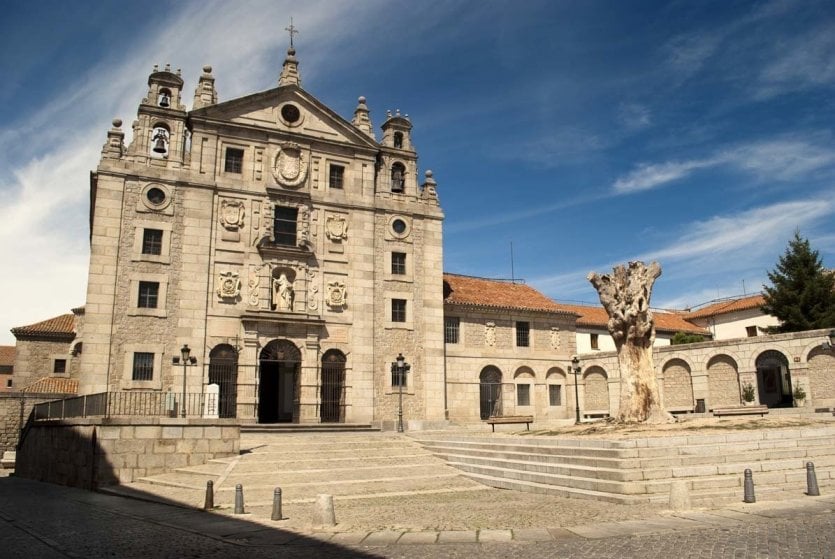
First woman doctor of the Church, patron saint of Spain, Theresa d'Avila is considered as the "madre" by all Spaniards. Many pilgrimages converge on Avila village where the saint lived to visit the emblematic places of her life. The tours begin at the Church that was erected on her birthplace, then at the Church of St. John the Baptist where she received her baptism. We then go to the monastery of the Incarnation in which she spent almost twenty years, then to the monastery of Saint Joseph: her first foundation. Finally, we salute the place of his vision of the Virgin and Saint Joseph, the royal monastery of Saint Thomas.


